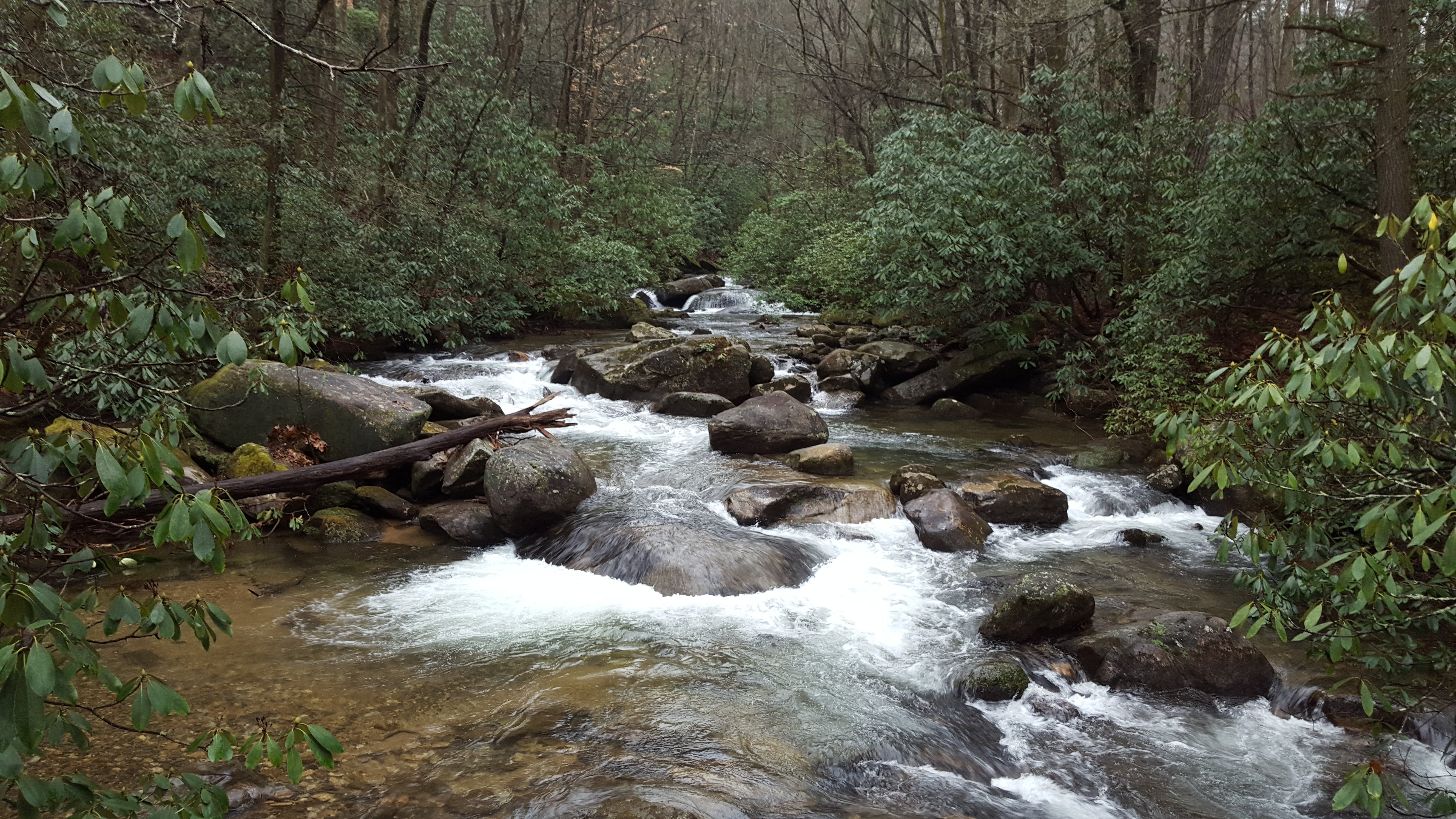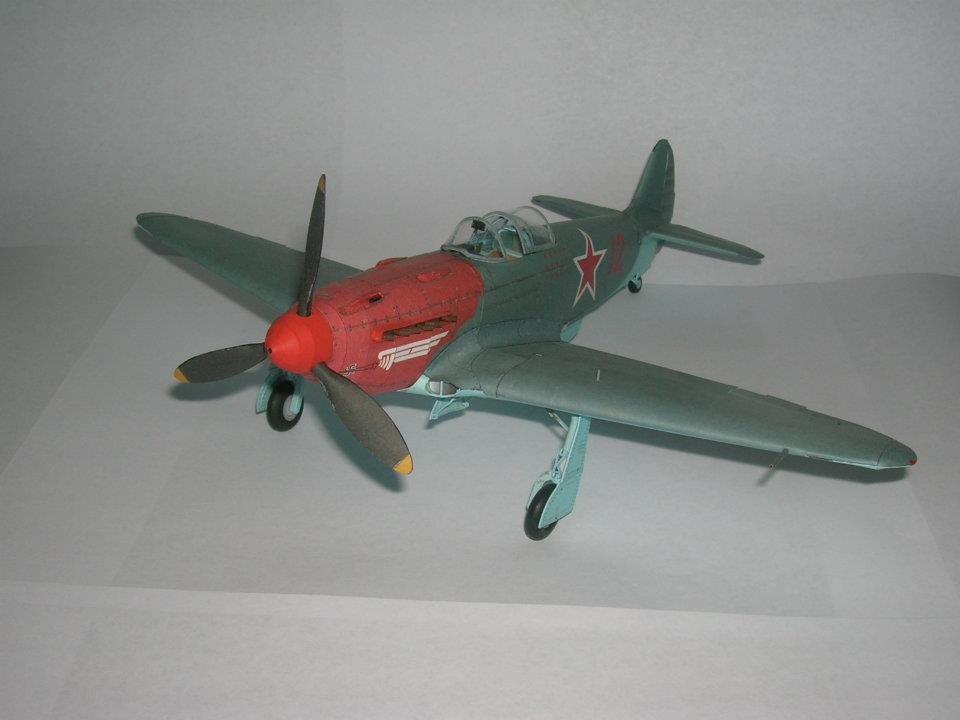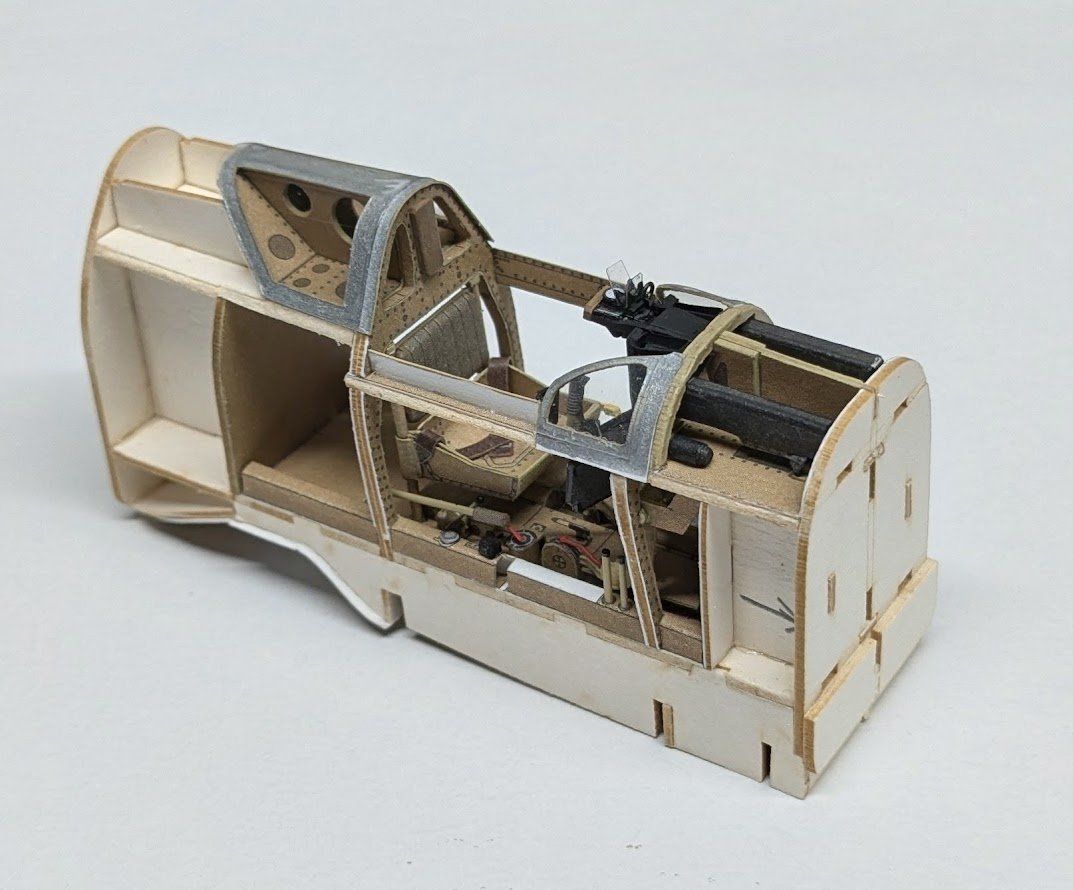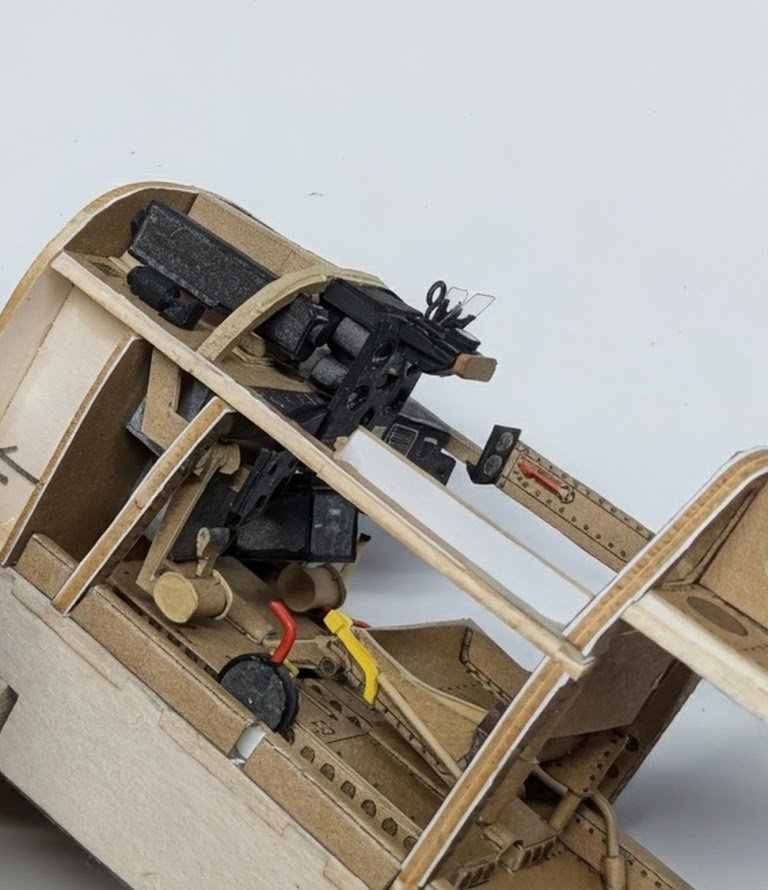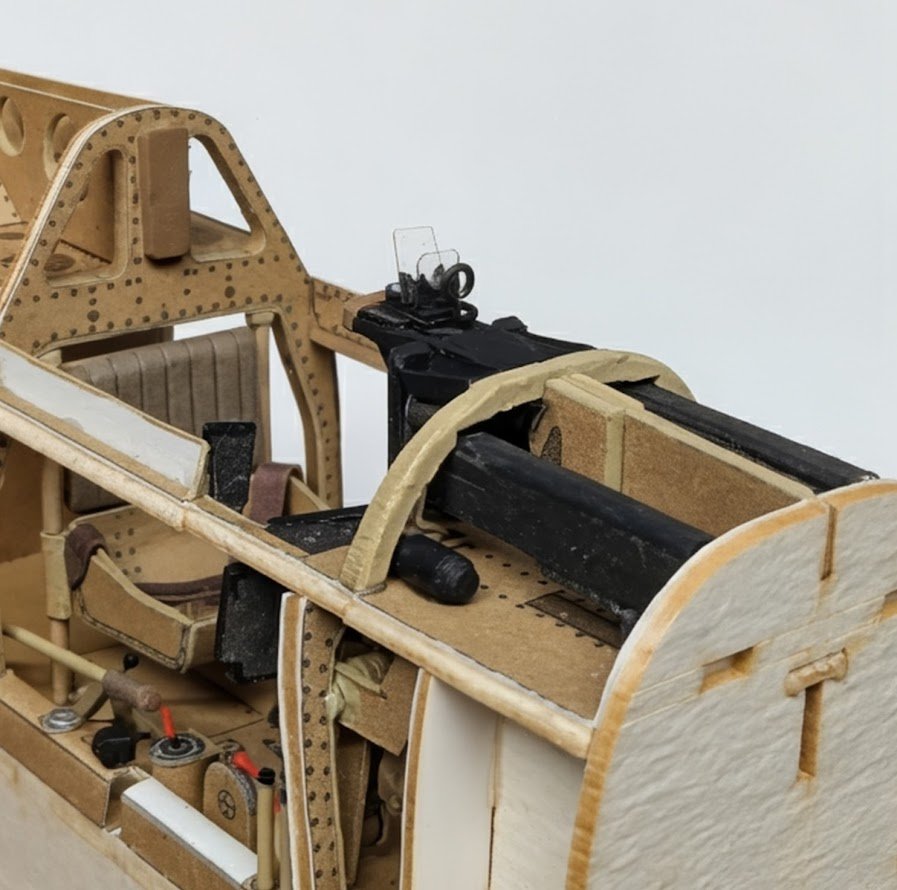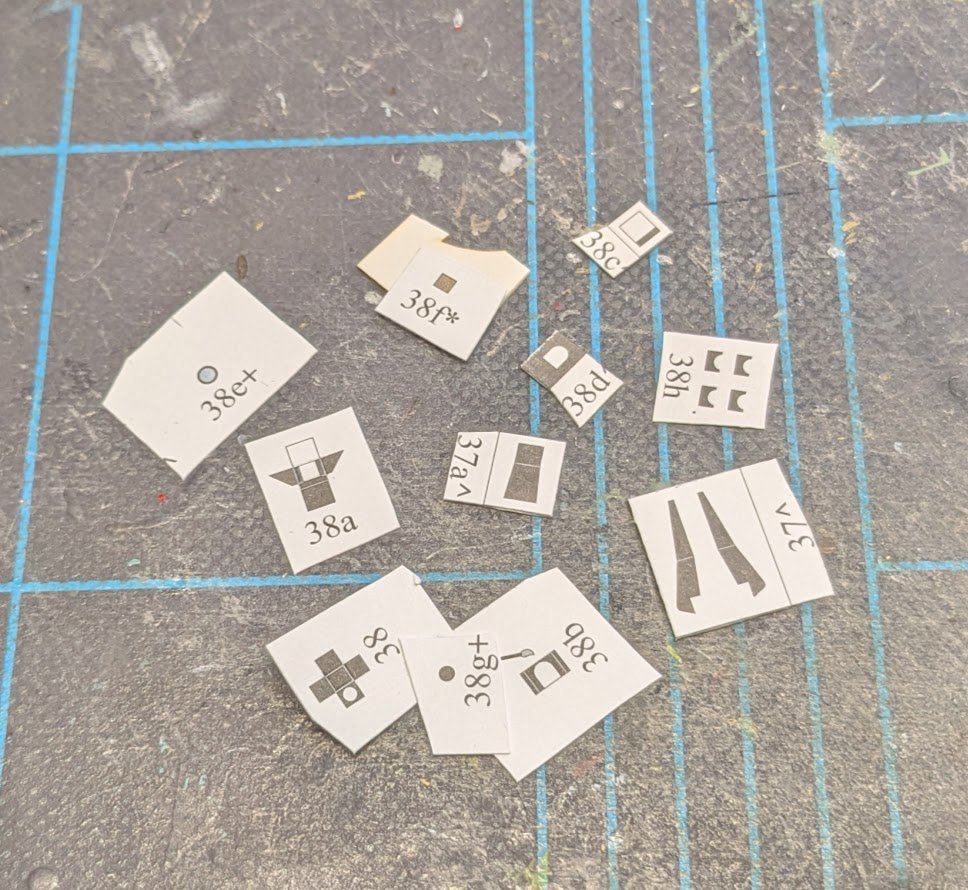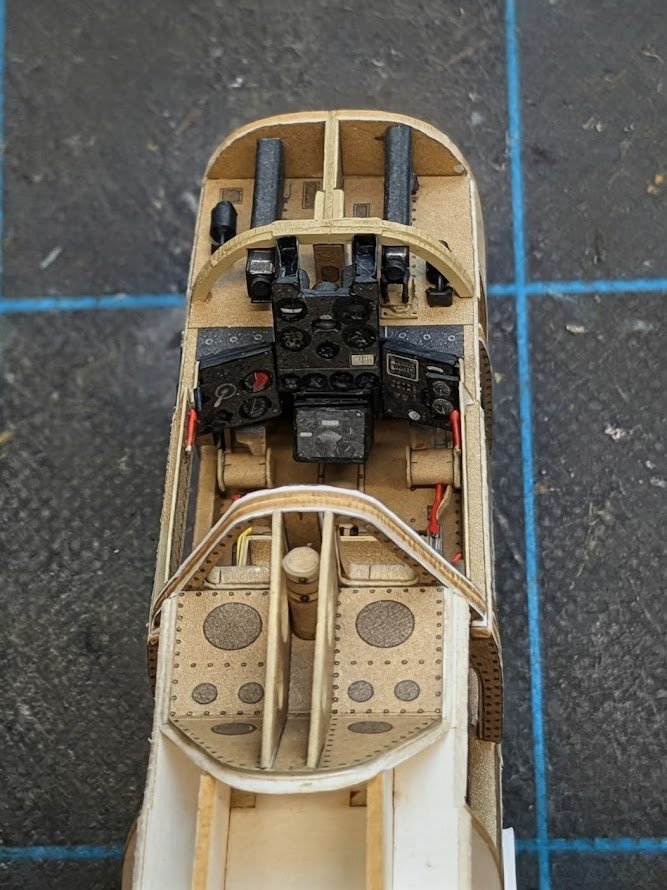-
Posts
10,444 -
Joined
-
Last visited
Content Type
Profiles
Forums
Gallery
Events
Everything posted by ccoyle
-
Welcome aboard!
-
I can't help with the wood, but I like all three of the paint schemes.
- 10 replies
-
- hull
- color schemes
-
(and 4 more)
Tagged with:
-
If it hasn't been said already, make sure your child is actually interested in models. I had a keen interest in all things military at a very young age, and modeling was a natural outlet back in the days before video games and the internet. Many years later, I tried to get my son interested in model building and even bought him some pretty nice kits - beginner stuff, but nice. He never built them. He was far more interested in Call of Duty and such. Just make sure you're not on a fool's errand.
-
Welcome aboard!
-
Welcome back, Don!
-

Swift 1805 waterline
ccoyle replied to petehay's topic in Painting, finishing and weathering products and techniques
Yes, that's the waterline. It looks about right to my eye. Those pilot schooners did not have a whole lotta freeboard! -
Welcome aboard, Paul!
-
Next bits. For reasons which I will not rehash here, I tend not to include internal framing on my canopy glazing, but for this model I will. Like the Curtiss P-40, the Ki-61 has glazing behind the pilot, and it also has two small glazed panels at the bottom edges of the windscreen. The internal framing provides additional substructure for gluing down the faux glass cut from an overhead transparency sheet. The frames are painted silver on their reverse sides just in case any should be partially visible once the exterior skins go on. You have to squint hard to see that the glazing is finished in this image, but it's there! Believe it or not, I can FINALLY start work on the cockpit walls now, hooray!
-
Jan, I think the squares are 2.5 cm on a side, but I could be wrong. The entire mat is about 11" wide, so about 28 cm. I plan to build the Hien with its canopy open. Here's the finished gunsight. It's not built exactly as in the diagrams, partly because there were a couple of parts whose positions I couldn't figure out precisely, and there were one or two really tiny bits that just wouldn't fit and/or would not ultimately be visible. For an idea of size, the smaller of the two reflector panels is 2.25 x 2.5 mm.
-
Welcome aboard!
About us
Modelshipworld - Advancing Ship Modeling through Research
SSL Secured
Your security is important for us so this Website is SSL-Secured
NRG Mailing Address
Nautical Research Guild
237 South Lincoln Street
Westmont IL, 60559-1917
Model Ship World ® and the MSW logo are Registered Trademarks, and belong to the Nautical Research Guild (United States Patent and Trademark Office: No. 6,929,264 & No. 6,929,274, registered Dec. 20, 2022)
Helpful Links
About the NRG
If you enjoy building ship models that are historically accurate as well as beautiful, then The Nautical Research Guild (NRG) is just right for you.
The Guild is a non-profit educational organization whose mission is to “Advance Ship Modeling Through Research”. We provide support to our members in their efforts to raise the quality of their model ships.
The Nautical Research Guild has published our world-renowned quarterly magazine, The Nautical Research Journal, since 1955. The pages of the Journal are full of articles by accomplished ship modelers who show you how they create those exquisite details on their models, and by maritime historians who show you the correct details to build. The Journal is available in both print and digital editions. Go to the NRG web site (www.thenrg.org) to download a complimentary digital copy of the Journal. The NRG also publishes plan sets, books and compilations of back issues of the Journal and the former Ships in Scale and Model Ship Builder magazines.

